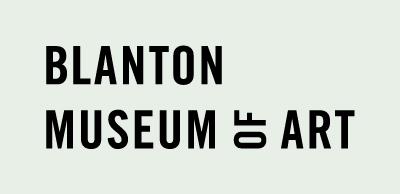Morceaux de Réception
Saturday, November 28, 2009 - Sunday, March 7, 2010
The French Royal Academy of Painting and Sculpture was established in 1648 as a way to codify artistic production and quickly came to dominate artistic life in that country. Soon only members could undertake royal commissions or exhibit their work in the Academy’s influential Salons.
To join the Academy, candidates submitted “reception pieces,” or morceaux de réception, for judgment by members of the organization. Printmakers were first accepted into this august body in 1663. For their reception pieces, engravers received an assignment from the members, not to create an original composition, but rather to reproduce a portrait of a member of the Academy painted by another member of the Academy. This exercise was an act of self‐reflection intended to elevate the status of all the artists involved. As a body of work, these prints constitute a unique record of how the member artists regarded themselves and their position within a community of intellectuals.
In 1704 the Academy standardized the format of the engraved reception piece, dictating the size (14 x 10 inches) and presentation. Half‐length portraits with simple backgrounds and few props signaled the nobility and austerity of the artistic enterprise. Sometimes the illustrious sitter was shown with one of his most well known works. Not all of the candidates executed their assignments successfully. Occasionally, their morceau was rejected and another portrait was assigned. Upon being accepted into the ranks of the Academy, the new academician sometimes produced another grander print to express his gratitude. Such is the case with Gérard Audran’s engraving after Nicolas Poussin’s painting The Saving of the Infant Pyrrhus (1674).
The Academy maintained ownership of the plates, and the edition (usually about 100) was distributed among the members and kept as an archive for the use of students. This highly ritualized and very closed process made the Academy all the more desirable to join.
To join the Academy, candidates submitted “reception pieces,” or morceaux de réception, for judgment by members of the organization. Printmakers were first accepted into this august body in 1663. For their reception pieces, engravers received an assignment from the members, not to create an original composition, but rather to reproduce a portrait of a member of the Academy painted by another member of the Academy. This exercise was an act of self‐reflection intended to elevate the status of all the artists involved. As a body of work, these prints constitute a unique record of how the member artists regarded themselves and their position within a community of intellectuals.
In 1704 the Academy standardized the format of the engraved reception piece, dictating the size (14 x 10 inches) and presentation. Half‐length portraits with simple backgrounds and few props signaled the nobility and austerity of the artistic enterprise. Sometimes the illustrious sitter was shown with one of his most well known works. Not all of the candidates executed their assignments successfully. Occasionally, their morceau was rejected and another portrait was assigned. Upon being accepted into the ranks of the Academy, the new academician sometimes produced another grander print to express his gratitude. Such is the case with Gérard Audran’s engraving after Nicolas Poussin’s painting The Saving of the Infant Pyrrhus (1674).
The Academy maintained ownership of the plates, and the edition (usually about 100) was distributed among the members and kept as an archive for the use of students. This highly ritualized and very closed process made the Academy all the more desirable to join.

